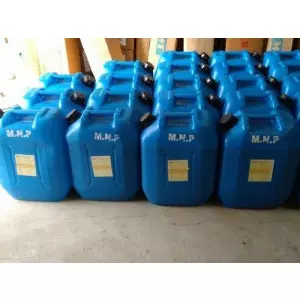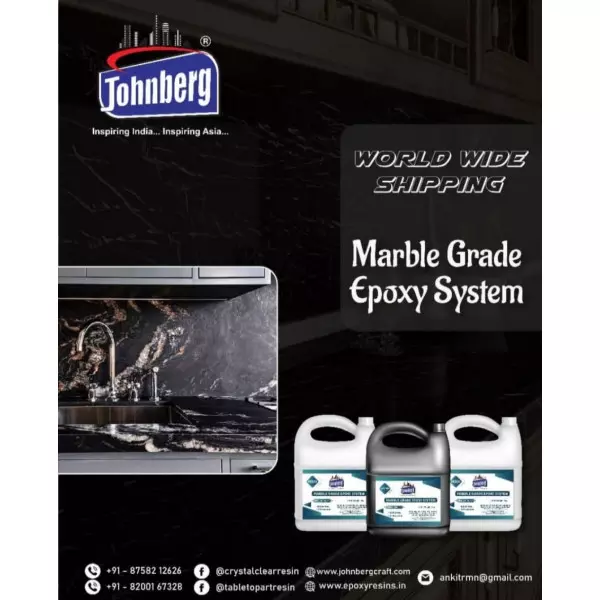- Home
- About Us
- Products
- Resin Furniture
- 3D Epoxy Flooring Service
- Resin Table Top
- Wooden Epoxy Resin Table Top
- Metallic Epoxy Flooring Service
- Conception Chemical Consultants
- Chemical Consultancy For Construction
- Construction Chemical Consultant
- Tile Grout
- Foundation Grout Consultant
- Paver Block Chemical Consultant
- Waterproofing Chemical Consultant
- Epoxy Pigment Consultant
- Heat Reflective Coating
- Water Repellent Coating
- Epoxy Grout
- Chemical Consultant
- Industrial Chemical
- Construction Chemical
- Epoxy Resin
- Epoxy Coating
- Polyester Resin
- Joint Sealants
- Cristal Clear Epoxy Resin And Hardner
- Construction Chemicals
- Polycarboxylate Ether And Liquid
- Solvent Cement
- Tile Protection Sheet
- Water Reducing Superplasticizer
- Epoxy Resin And Hardeners
- Two Component Waterproof Coating
- Epoxy Floor Coatings
- Casting Resin
- Sbr Latex Polymer
- Epoxy Grout Formulations
- Epoxy Resin Tabletops
- Tile Spacers
- Tile Levelling Spacers
- Industrial Night Vision Epoxy Grout
- Sbr Latex
- Johnberg Marble Polishing Liquid
- Acrylic Elastomeric Coating
- Weber Tile Adhesives
- Decorative Arts
- Resinic Crafts
- PU Flexible Tile Adhesive
- Resin Pressed Flowers
- Dry Pressed Flower
- Epoxy Putty
- Resin Furniture
- Services
- Updates
- Gallery
- Contact Us
Marble Grade Resin Manufacturers In Kochi
Details of Marble Grade Resin
What is Marble Grade Resin?
Marble grade resin is a type of high-quality polyester or epoxy resin specially formulated for use in creating artificial marble surfaces. It is designed to mimic the look and durability of natural marble while providing advantages such as lightweight, ease of molding, and cost-effectiveness.
Key Characteristics:
High Clarity & Gloss:
Marble grade resin is usually crystal clear or slightly tinted to provide a glossy, polished finish that resembles natural marble.
High Strength & Durability:
The resin has excellent mechanical properties to withstand impact and wear, making it suitable for countertops, flooring, and decorative panels.
Chemical Resistance:
It resists stains, acids, and solvents, similar to natural marble, which is crucial for kitchen or bathroom applications.
UV Resistance:
Many marble grade resins are UV stabilized to prevent yellowing or degradation when exposed to sunlight.
Compatibility with Fillers:
Designed to work well with marble dust, crushed stone, or mineral fillers to create composite artificial marble.
Low Shrinkage:
Ensures dimensional stability during curing, avoiding cracks and warping.
Thermosetting:
Usually thermosetting, meaning once cured, the resin forms a hard, irreversible solid.
Typical Composition:
Base Resin: Polyester or epoxy resin
Catalysts/Hardener: MEKP (Methyl Ethyl Ketone Peroxide) for polyester or amine hardeners for epoxy
Fillers: Marble powder, calcium carbonate, silica, or other mineral fillers
Additives: UV stabilizers, thickeners, pigments for coloring, plasticizers
Applications:
Artificial marble slabs
Countertops and tabletops
Flooring tiles
Wall cladding panels
Sculptures and decorative objects
Advantages Over Natural Marble:
Lighter weight
Customizable colors and patterns
Less porous, hence better stain resistance
Can be molded into complex shapes
Usually more affordable
Important Handling Notes:
Requires precise mixing ratio of resin and hardener for proper curing
Needs a controlled curing environment (temperature and humidity)
Protective gear (gloves, mask) should be used to avoid skin and respiratory irritation
Offered Product
Marble Grade Resin
Grade StandardChemical GradeTypesOrthopthalicUsage/ApplicationIndustrialPackaging Size25 KgBrandjohnbergFormLiquidPackaging TypePlastic CanPurity100 %TypeSynthetic Resin And Plasticswe Provide Technology To Provide Manufecture Resin, And Construction Chemical.Established In The Year "2013" We, "Madhur Construction Chemicals" Are Engaged In Manufacturing, Exporting And Trading An Excellent Quality Range Of Construction Chemical, Epoxy Grout, Fabric Adhesive, Colour Pigment, Water Reducing Superpl... Read moreMarble Grade Resin Manufacturer In Agra
Epoxy Marble Grande Resin Is A Two‑part Epoxy System Designed To Create A Luxurious, Marble‑like Finish. When Mixed, The Resin And Hardener Chemically Cure To Form A High Gloss, Durable Surface That Mimics The Depth And Veining Of Real Marble. It Is Often Used For Decorative Flooring, Countertops, And Walls.Key Characteristics:High Clarity: It Cures To A Clear, Glass‑like Finish That Brings Out The Richness Of Color Or Added Pigments.Durability: Resistant To Scratches, Wear, And Comm Continue
Marble Grade Resin Manufacturers In Jhansi
We Are Manufacturer And Supplier Of Premium Marble Grade Resin Designed To Deliver Superior Bonding, Filling, And Finishing For Marble And Natural Stone Surfaces. Formulated Using High-quality Raw Materials And Advanced Curing Technology, This Resin Ensures Excellent Adhesion, Crack Filling, And Long-term Stability On Marble And Natural Stone Surfaces. Known For Its Easy Application, Fast Setting, And Superior Polishing Results, It Enhances The Appearance And Structural Integrity Of Slabs. Avail Continue
Marble Grade Resin Service Providers In Uttarakhand
Marble Grade Resin is A Type Of Polyester Or Epoxy-based Adhesive Material Used In The Natural Stone Industry. It Is Specifically Formulated For Bonding And Filling Marble Surfaces. This Resin Enhances The Structural Integrity And Appearance Of Marble Slabs.Key Features Of Marble Grade Resin:High Adhesion Strength: Provides Excellent Bonding To Marble Surfaces.Transparency Or Color Matching: Available In Clear Or Color-tinted Variants To Match Marble Patterns.Low Shrinkage: Maintain Continue




